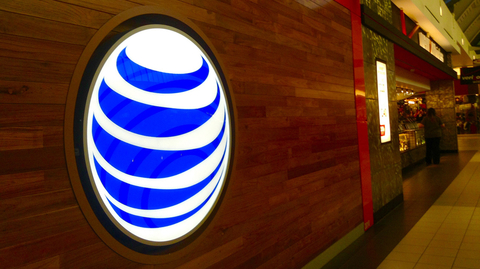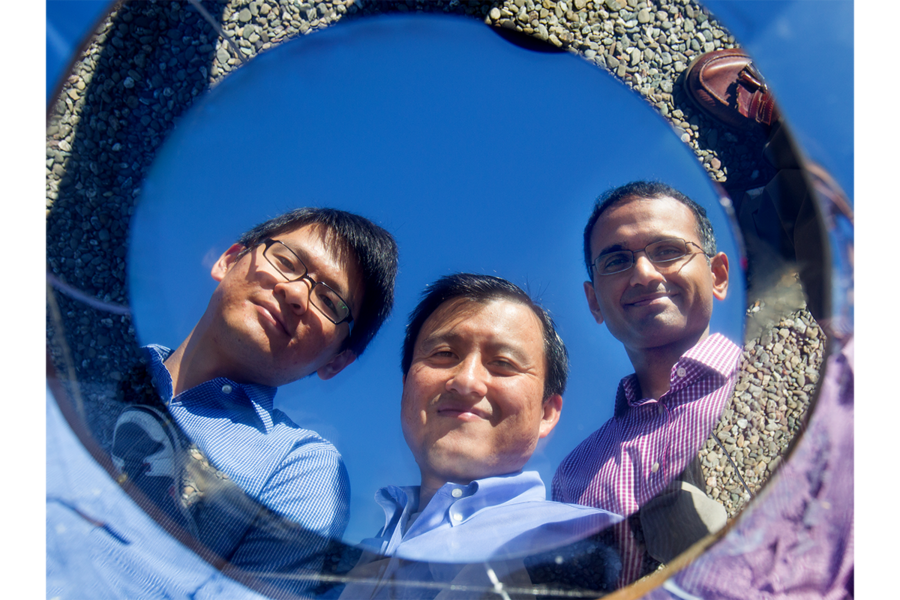Compelling News and Research
Stories and resaerch we like that have momentum and potential impact.How Our Bones Might Keep Out Weight In Check
January 17, 2017, New York Times
By GRETCHEN REYNOLDS

Our skeletons may help to keep our weight under control, according to a fascinating
new study with animals.
The study suggests that bones could be much more intimately involved in
tracking weight and controlling appetite than scientists realized. It also raises
interesting questions about whether a sedentary lifestyle could cause us to pack on pounds in part by discombobulating our sensitive bones…..
Steel Is Back in Style With Car Makers
Steel companies making lighter steel varieties that don’t sacrifice strength or flexibility for car bodies
Varieties of lighter, stronger steel are being used in Fiat Chrysler Automobiles N.V . FCAU -0.23% ’s Pacifica van, Honda Motor Co.’sRidgeline pickup truck and General Motors Co.’s Chevrolet Malibu sedan. Audi AG NSU -0.65% , which switched to an all-aluminum body for its A8 sedan more than 20 years ago, is using steel again on the latest model….
Your Next Home Could Run on Batteries
A combination of solar power and the rise of residential energy storage paves the way for a new kind of cable cutting
In the near future, your home could be battery operated.
This is especially true if you live in New York, California, Massachusetts, Hawaii, Vermont, Arizona or a growing roster of other states and municipalities experimenting with revamping their electrical grids for the 21st century….
After the end of the startup era

There’s a weird feeling afoot these days, in the Valley, and in San Francisco. Across the rest of the world — Denver, Santiago, Toronto, Berlin, “Silicon Glen,” “Silicon Alley,” “Silicon Roundabout“, Station F — it seems every city still wants to be a startup hub, dreaming of becoming “the new Silicon Valley.” But in the Valley itself? Here it feels like the golden age of the startup is already over….
…
Teleoperating robots with virtual reality
Rachel Gordon | CSAIL
October 11, 2017
Certain industries have traditionally not had the luxury of telecommuting. Many manufacturing jobs, for example, require a physical presence to operate machinery.
But what if such jobs could be done remotely? Last week researchers from MIT’s Computer Science and Artificial Intelligence Laboratory (CSAIL) presented ….
Microsoft and AWS Advance Open AI Ecosystem with Gluon Partnership
New Open Source Interface Simplifies Deep Learning Development
At Microsoft we have a vision and passion to amplify human ingenuity with the transformative power of AI. As a society we face enormous challenges which AI has the potential to solve. However, developing with AI, especially deep learning models isn’t easy—it can be a fairly daunting and specialized practice for most data professionals. We believe bringing AI advances to all developers, on any platform, using any language, with an open AI ecosystem, will help ensure AI is more accessible and valuable to all. …
Metal with Memory: Shaping the Future of Aviation
Cleveland OH (SPX) Oct 05, 2017
 |
While aeronautics researchers across the globe continue to develop technologies that will make air travel more efficient, more sustainable and safer, there is a group of NASA researchers who are altering the long-held view that wings have to stick straight out from an aircraft and stay that way….
Using outer space to help cool buildings on Earth
Using a phenomenon known as radiative sky cooling, a team of Stanford researchers has developed rooftop panels that could be used to passively cool buildings.
—Researchers may have found a way to make refrigerators and air conditioners more efficient: Just shoot the heat into space.
Using a natural optical phenomenon called radiative sky cooling, a group of scientists-turned-entrepreneurs has developed roof panels that they say could reduce the energy needed to cool homes, offices, supermarkets, and data centers. Elegant in its passivity and its simplicity, their new application may represent a considerable, if incremental, step toward rethinking how we build our homes and places of business. …
AT&T kills Plenti loyalty program but touts ongoing Thanks campaign
by Colin Gibbs |

The Smart Windows That Could Be Sunglasses for Your House
Even when shut, windows let in the sun’s light and warmth, which we usually welcome. But sunlight can fade our carpets or wake us up when we’d rather nap; the sun’s heat is sometimes too much in summer; and windows can be peeped into.
People have long handled these downsides with curtains, blinds and other window treatments. Some modern windows can block light and heat with the touch of a button, but such “smart windows” usually require electricity, making them expensive and hard to retrofit.
Now scientists at Princeton University have invented a technology aimed at smartening up the millions of windows already in place. They coated a piece of glass with a laminate containing transparent solar cells and a network of invisible electronics that will turn the panel dark blue on command, thereby blocking most of the sun. The result could be akin to sunglasses for your house,
…
Jefferies gives IBM Watson a Wall Street reality check

IBM’s Watson unit is receiving heat today in the form of a scathing equity research report from Jefferies’ James Kisner. The group believes that IBM’s investment into Watson will struggle to return value to shareholders. In recent years, IBM has increasingly leaned on Watson as one of its core growth units — a unit that sits as a proxy for projecting IBM’s future value.
In the early days, IBM’s competitive advantage was its longstanding relationships with Fortune 500 companies. IBM Watson effectively operates as a consultancy …



